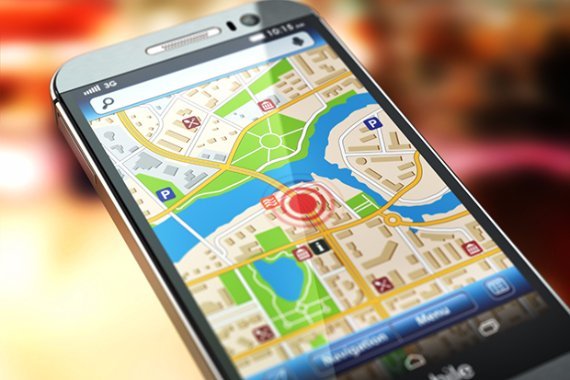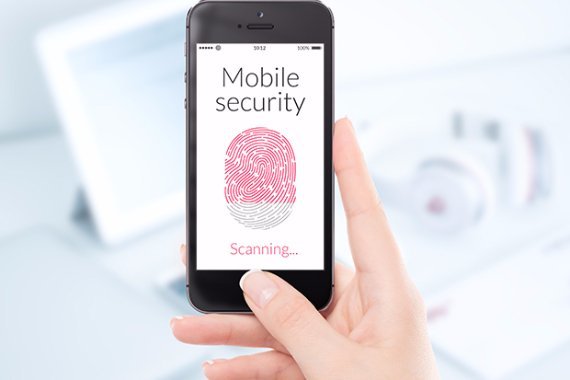To lure millennials, mobile banking apps must leverage the native functionality of mobile hardware. Each and every function of the mobile phone can be used to differentiate the engagement financial institution has with always-connected consumers.
Following is a list of seven features that are defining the next generation of mobile banking:
 Bluetooth
Bluetooth
Mobile banking apps that use Bluetooth can take advantage of Beacons – low-cost hardware that uses Bluetooth to transmit messages – and the internet of things (think smart devices like Nest) to provide a personalized in-branch experience. When a consumer enters the branch, his smartphone might receive a greeting from the institution on his mobile phone, for instance. The IoT devices that communicate with mobile apps can also transmit relevant banking alerts and promotions and offers at merchant locations, in addition to making contactless payments.
 Near-field communication
Near-field communication
NFC, a short-range wireless technology that connects devices, is the basis for how most credit unions and banks will provide mobile wallets that let customers make contactless payments at the point of sale. NFC can also let consumers use their mobile phones to authenticate and withdraw money at the ATM, rather than insert physical cards. The technology can also let mobile apps print out documents, when needed.
 The camera The mobile phone’s camera can be a boon for mobile banking services. FIs can deploy digital-only onboarding where consumers apply for accounts by using the camera to upload documents, such as their driver’s license or passport, for instance.
The camera The mobile phone’s camera can be a boon for mobile banking services. FIs can deploy digital-only onboarding where consumers apply for accounts by using the camera to upload documents, such as their driver’s license or passport, for instance.
The mobile phone camera can also enable augmented reality to, say, locate a branch or ATM and make services like video chat with a member service rep a common communications feature. The ability to integrate a QR code reader through the camera can also let members scan and pay physical bills and store receipts digitally.
 The microphone In addition to using the device speaker phone for calls, the microphone can enable services like voice banking using Apple’s Siri or Amazon’s Alexa and chatbots for live customer support delivered by a machine.
The microphone In addition to using the device speaker phone for calls, the microphone can enable services like voice banking using Apple’s Siri or Amazon’s Alexa and chatbots for live customer support delivered by a machine.
Furthermore, the microphone will enhance the security of mobile apps by offering voice-based authentication and the ability to use the voice as a password. Expect common voice-enabled instructions like “give me directions to the nearest ATM” or “send 20 bucks to Jack.”
 GPS
GPS
GPS can do a lot more than help navigate a person along the roads. It is being used for geofencing and geolocation – which, when combined, let brands send relevant advice and contextual offers to consumers when it is most applicable. For instance, passengers at an airport can receive information from their financial institution on foreign currency deals or travel insurance. This feature also allows an FI to preempt false positives of fraud detection when a consumer is attempting to use his debit or credit card abroad.
 Biometric functionality
Biometric functionality
As the reliance on mobile banking grows, so too does the need for stronger security and easier authentication. Today, most modern mobile phones offer fingerprint authentication, such as Apple’s Touch ID. While the technology is still maturing, biometrics authentication provides convenience to consumers who don’t want to use complex passwords all the time.

Virtual reality and augmented reality, which are just beginning to capture public attention, are steadily becoming technologies that create immersive engagement with customers. Several banks are leveraging the technology to create virtual meeting places with their customers, augment data dashboards and portfolio performance and provide a surprising experience that inspires customers to advocate for the bank’s brand. For example, VR could create a memorable experience by being used in the branch to do a virtual tour of a real estate property for someone applying for a home loan.

David Horton is head of innovation at Synechron, a global consulting and technology firm.